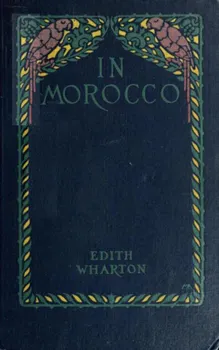Having begun my book with the statement that Morocco still lacks a guide-book, I should have wished to take a first step toward remedying that deficiency.
But the conditions in which I travelled, though full of unexpected and picturesque opportunities, were not suited to leisurely study of the places visited. The time was limited by the approach of the rainy season, which puts an end to motoring over the treacherous trails of the Spanish zone. In 1918, owing to the watchfulness of German submarines in the Straits and along the northwest coast of Africa, the trip by sea from Marseilles to Casablanca, ordinarily so easy, was not to be made without much discomfort and loss of time. Once on board the steamer, passengers were often kept in port (without leave to land) for six or eight days; therefore for any one bound by a time-limit, as most war-workers were, it was necessary to travel[Pg viii] across country, and to be back at Tangier before the November rains. This left me only one month in which to visit Morocco from the Mediterranean to the High Atlas, and from the Atlantic to Fez, and even had there been a Djinn's carpet to carry me, the multiplicity of impressions received would have made precise observation difficult.The next best thing to a Djinn's carpet, a military motor, was at my disposal every morning; but war conditions imposed restrictions, and the wish to use the minimum of petrol often stood in the way of the second visit which alone makes it possible to carry away a definite and detailed impression...












